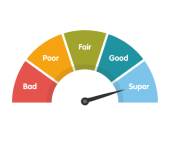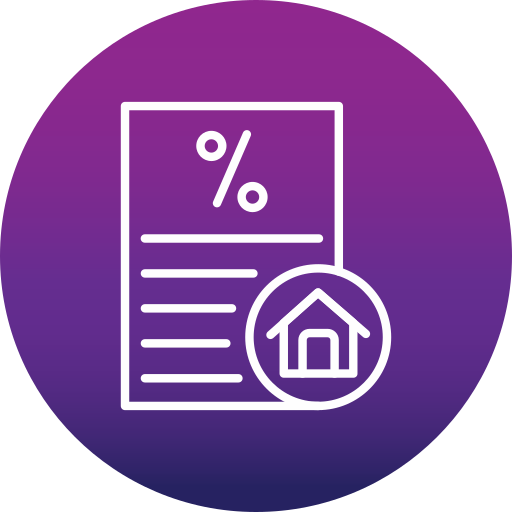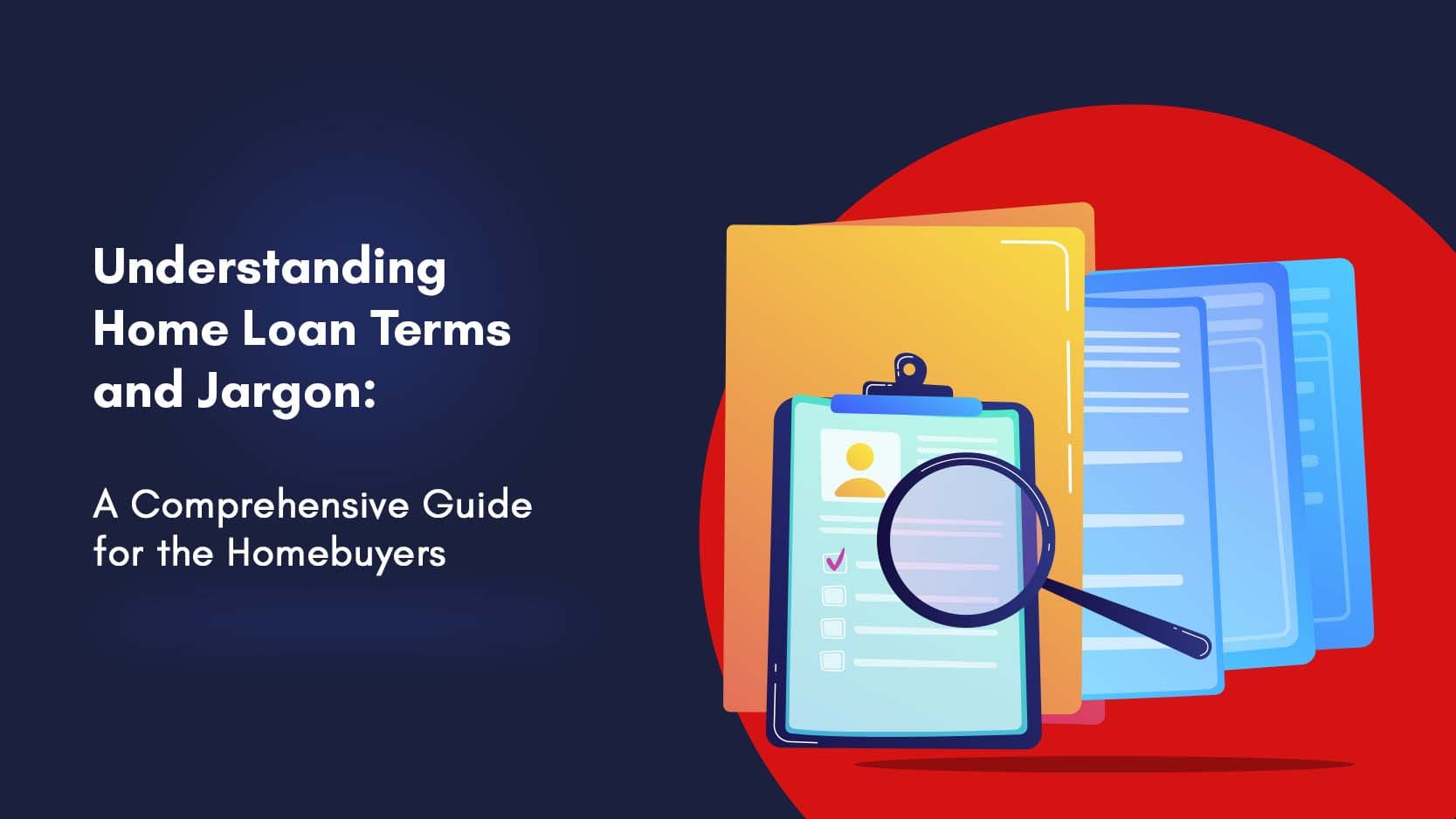Special Offers




Special Offers




04-Jul-2023 | Home Loan

Buying a home is a significant milestone for many individuals and families in India. However, navigating the complex world of home loans can be overwhelming, especially with the abundance of financial jargon and terminology. To ensure that you make informed decisions throughout the home loan process, it is crucial to familiarise yourself with the key terms and jargon associated with home loans. In this comprehensive guide, we will demystify the important home loan terms and explain their significance, empowering you to make confident and well-informed choices.
Interest rates play a vital role in home loans, as they determine the cost of borrowing. In India, home loans typically have two types of interest rates:
Fixed Interest Rate: Under this type, the interest rate remains constant throughout the loan tenure, providing stability and predictable monthly payments.
Floating Interest Rate: Also known as variable or adjustable interest rates, they fluctuate with market conditions. The interest rate is usually linked to a benchmark, such as the Marginal Cost of Funds Based Lending Rate (MCLR) or the Reserve Bank of India's repo rate. Floating-rate loans offer the potential for savings when interest rates decrease, but the monthly payments may vary.
Loan tenure refers to the duration of the loan, typically measured in years. Home loans in India usually have long tenures, ranging up to 30 years. A longer tenure results in lower Equated Monthly Installments (EMIs).
EMI is the fixed monthly installment that borrowers repay to the lender. It comprises both the principal amount and the interest. The EMI amount depends on the loan amount, interest rate, and tenure. Utilising online EMI calculators can help you estimate the EMI and plan your budget effectively.
The down payment is the initial amount paid by the borrower while purchasing a property. It is a percentage of the property's total value, and the remaining amount is financed through a home loan. In India, lenders typically require a down payment of 10-30% of the property's value.
The loan-to-value (LTV) ratio in a home loan simply shows how much of the loan is provided compared to the total value of the mortgage. The LTV ratio is considered to determine the maximum amount of loan that can be given against the property.
During the construction phase of a property, lenders may offer the option of pre-EMI. It is the interest payable on the disbursed loan amount until the property's possession. After possession, borrowers start paying the full EMI, which includes both the principal and interest components.
Financial institutions charge a processing fee to cover the costs of loan processing, documentation, and verification. The processing fee is usually a percentage of the loan amount.
Prepayment refers to making extra payments towards your home loan before the completion of the loan tenure. By prepaying, borrowers can reduce the outstanding principal amount and save on interest costs.
Foreclosure, on the other hand, refers to repaying the entire outstanding loan amount before the scheduled tenure.
A balance transfer involves transferring your existing home loan from one financial institution to another.
An EMI moratorium is a temporary relief provided by financial institutions during challenging times, allowing borrowers to defer their EMIs for a specified period. This could be due to financial hardships caused by unforeseen events, such as a pandemic or natural disaster. It is important to note that interest continues to accrue during the moratorium period, and the tenure of the loan may be extended.
A credit score is a numerical representation of an individual's creditworthiness based on their credit history. It plays a crucial role in determining whether a financial institution approves a home loan application and the interest rate offered. Maintaining a good credit score, typically above 750, increases the chances of loan approval and better interest rates.
Partial disbursement refers to the release of a portion of the sanctioned loan amount by the financial institution to the borrower. In the context of a home loan, when the loan is disbursed in multiple stages or tranches, each release of funds is considered a partial disbursement. This is common when purchasing an under-construction property, where the loan amount is disbursed in installments based on the construction progress.
Full disbursement refers to the complete release of the sanctioned loan amount by the financial institution to the borrower. It occurs when the entire loan amount is transferred to the borrower's account in one go.
Part payment refers to making a lump sum payment towards the outstanding principal amount of a home loan before the completion of the loan tenure. By making part payments, borrowers can reduce their loan liability. It is important to check with the financial institution regarding any applicable charges or conditions associated with part payments.
A sanction letter, also known as a loan offer letter or approval letter, is a formal document issued by the lender after assessing the borrower's eligibility for a home loan. The sanction letter outlines the loan amount, interest rate, loan tenure, terms, and conditions, including any special conditions or requirements.
An amortization schedule is a table that provides a detailed repayment plan for a home loan. It outlines the periodic loan installments (EMIs) and breaks down the principal and interest components for each payment. The schedule also shows the outstanding loan balance at the end of each payment period. It helps borrowers understand how their loan will be repaid over time and the interest costs associated with different stages of the loan tenure.
Collateral or security refers to an asset or property provided by the borrower to the lender as a guarantee for the repayment of a loan. In the context of a home loan, the property being purchased or renovated is often used as collateral.
Default occurs when a borrower fails to fulfil the repayment obligations of a loan, such as missing monthly payments or violating the terms and conditions agreed upon with the lender. Defaulting on a home loan can have serious consequences, including legal actions, damage to credit score, and potential loss of the property pledged as collateral.
A joint home loan is a loan taken by two or more individuals, usually family members or spouses, to purchase a property jointly. Co-applicants share the responsibility of loan repayment and are considered co-owners of the property. Joint home loans can enhance loan eligibility and may have tax benefits based on individual circumstances.
NACH and ECS are electronic payment systems used by banks in India for seamless and automated fund transfers. These systems facilitate the automatic deduction of EMIs from the borrower's bank account on predetermined dates. NACH is the updated version of ECS and is widely used for various financial transactions, including home loan repayments.
Understanding the various terms and jargon associated with home loans is essential for homebuyers. By familiarising yourself with these concepts, you can make well-informed decisions and effectively manage your home loan. With this knowledge, you are better equipped to embark on your home-buying journey with confidence. Hope you are somewhat familiar with the finance terminologies. If you specifically want to know about some complex terminology. Please feel free to ask this in the comment box below.